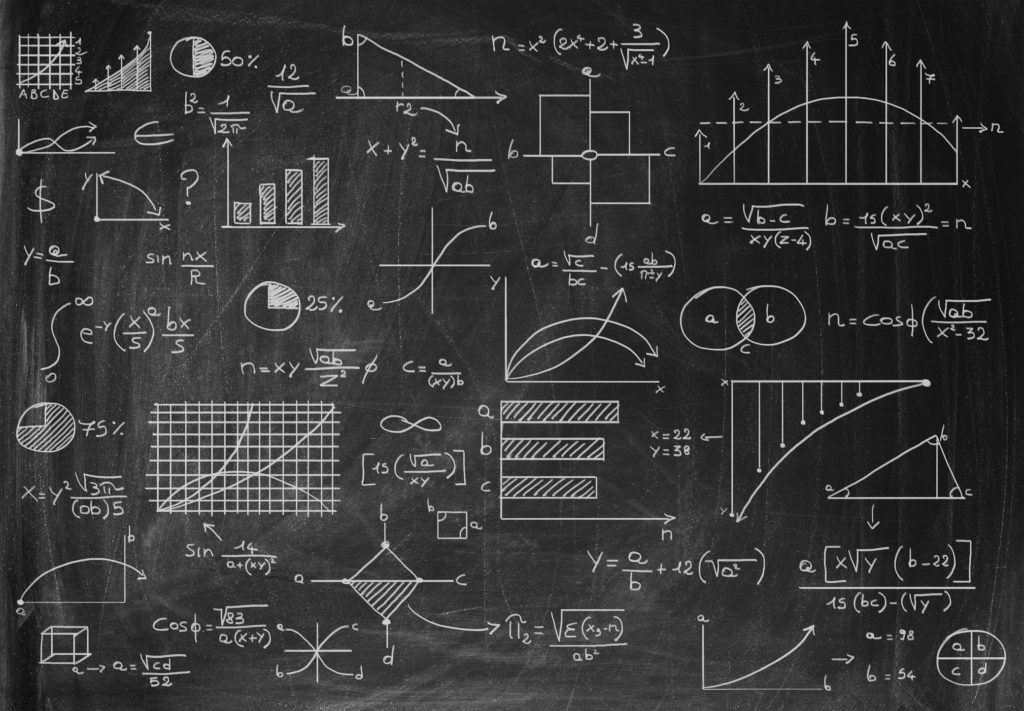223. Rational Numbers - JulTob/Mathematics GitHub Wiki
As we explore equations involving multiplication (e.g.,
Rational numbers are defined as ratios of integers, i.e.,
Note
Division by zero is undefined since allowing it would contradict algebraic properties.
For instance, if
Exercise: Explore Division by 0
Why is 0⋅x=00⋅x=0 for all xx?
Can you find a consistent explanation that justifies the rule against division by zero?
Reflecting on these concepts will strengthen your foundational understanding of algebra.
𝑧=𝑥/𝑦
⇕
𝑥= 𝑦 × 𝑧
𝑥∈ℤ
𝑦∈ℕ⁺
⇒ 𝑧∈ℚDividend ⎣ Divisor
* Quotient
*
Remainder
Dividend = divisor * quotient + remainder
a = bq + r
0 ≤ |Reminder| < |Divisor|
Proof:
Let:
a := Dividend: Integer
b := Divisor: Integer
| b > 0
Consider:
S: Set of all integers of the form
a - b𝑥
| where 𝑥: Integer
| a - bx ≥ 0
1: Show S is nonempty
Find a value of x that satisfies a - bx ≥ 0
x = |a|
b ≥ 1
b|a| ≥ |a| -- *|a|
b|a| ≥ -a -- |a| ≥ -a
a + b|a| ≥ 0
Let x = -|a|
a - bx = a - b(-|a|) = a + b|a| ≥ 0
∴ a - bx is in S when x = -|a|
∴ S ≠ ∅
2: Find q and r | a = bq + r and r ≥ 0
By the Well-Ordering Axiom, S contains a smallest element. Call it r
Since r ∈ S
r ≥ 0
r = a - bx for some x, Say x = q
∴ r = a-bq and r ≥ 0
a = bq + r and r ≥ 0
3: Show that r < b
Proof by contradiction: r ≥ b
r - b < r
a - b(q+1) = r - b < r -- a-b(q+1) is an element of S
a - b(q+1) < r -- The element cannot be smaller than the smallest element r
∴ ¬{r ≥ b }
∴ r < b
4: Show that r and q are the only numbers with these properties (unique).
Suppose q' and r' : a = bq' and 0 ≤ r < b
Prove that q' = q and r' = r
Since a = bq + r and a = bq' + r'
bq + r = bq' + r'
b (q - q') = r'-r
0 ≤ r < b and 0 ≤ r' < b -- From 3.
-b < -r ≤ 0 and 0 ≤ r' < b
-b < r' - r < b -- Adding both inequalities
- b < b(q - q') < b
-1 < (q - q') < 1 -- :b
As q and q' are integers:
q - q' = 0
∴ q = q'
(r' - r):b = 0
r' - r = 0
∴ r' = r
∎The set of rational numbers
-
No Least Element in Infinitesimal Neighborhoods:
- Rational numbers are dense on the number line, meaning between any two rational numbers, there exists another rational number.
- Take any non-empty subset of
$( \mathbb{Q} )$ with values above$0$ but arbitrarily close to it, such as$( { x \in \mathbb{Q} \mid 0 < x < 1 } )$ . - No matter how small a positive rational number we choose, we can always find a smaller positive rational number closer to zero. Thus, this subset does not contain a least element.
-
Implication of Density:
- The density of
$( \mathbb{Q} )$ implies that for any rational number chosen as the "smallest" in a subset, we can always find another rational number between it and zero, showing that$( \mathbb{Q} )$ cannot satisfy the well-ordering property.
- The density of
The subset
-
No Smallest Positive Element:
- Consider the subset
$( (0, 1] \subset \mathbb{Q} )$ . This subset does not have a least positive element because we can always find a smaller positive rational number within this interval. - For instance, if we take a rational number
$( x )$ very close to zero (e.g., $( x = \frac{1}{1000} )$), we can always find another rational number closer to zero, such as$( \frac{1}{1001} )$ , meaning there is no well-defined least element in this subset.
- Consider the subset
-
Contrast with Bounded Intervals in
$( \mathbb{N} )$ :- In
$( \mathbb{N} )$ , bounded intervals like$( {1, 2, 3, \dots, n})$ have a well-defined smallest element (e.g.,$( 1 )$ in this case). However, because rational numbers are dense, this does not apply to bounded subsets in$( \mathbb{Q} )$ .
- In
In summary:
-
$( \mathbb{Z} )$ and$( \mathbb{Q} )$ lack the well-ordering property because they do not have a smallest element in certain infinite subsets. - Even subsets of
$( \mathbb{Q} )$ (like $( { x \in \mathbb{Q} \mid 0 \leq x \leq 1 } )$) are not well-ordered due to the density of rational numbers, which prevents the existence of a minimum in intervals approaching zero.
